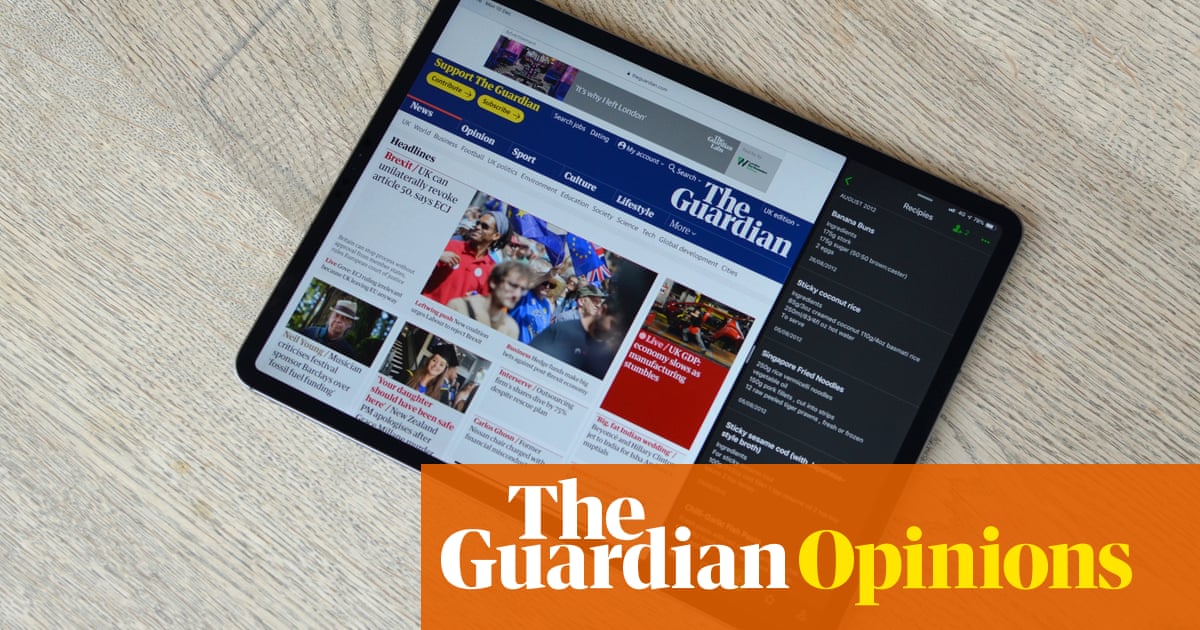Serious thought is given to publishing troubling images, of death or distress for example, but even then context is key

On the morning after the Streatham
terror attack, the Guardian’s print edition carried a single-column photograph of the perpetrator, Sudesh Amman, at the bottom of the front page. The main image showed armed
police at the incident. Later in the day, an online reader contacted me to express concern at the prominence given to the attacker; in fact, she thought that he should not be named at all. I drew her attention to a 2019 column by my predecessor, Paul Chadwick, in which he supported the Guardian’s policy of naming perpetrators but agreed with the position of the editor-in-chief, Katharine Viner, that it was important to ensure “the terrorist’s identity is not overly represented in our coverage, and that our coverage also focuses on the victims”.
The reader acknowledged this but said: “I think it comes across as particularly high impact on the app, because of the formatting, and so you only see one or two stories.”